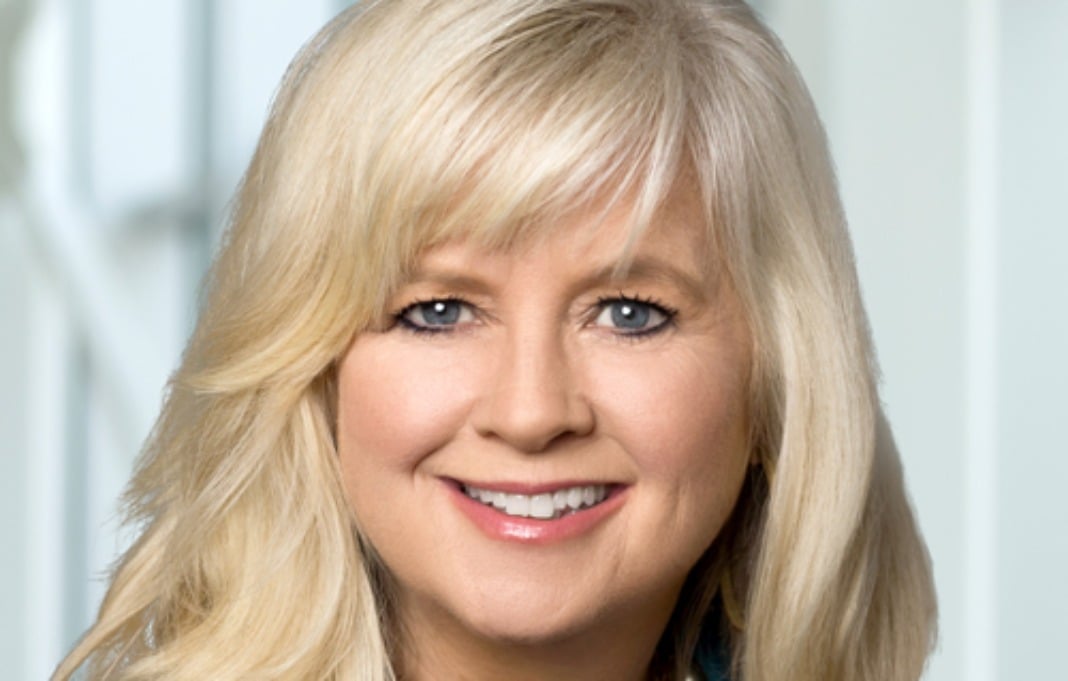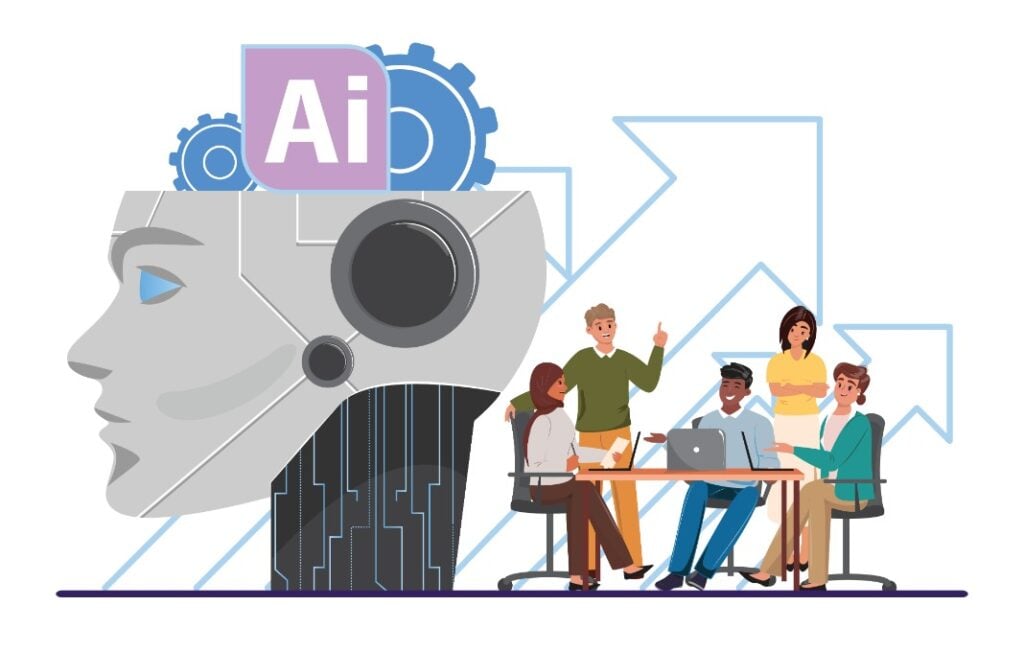HR leader Courtney Harrison has a simple message for employers looking to prioritize mental health for the workforce: make sure you’re not the problem. “Many companies tend to focus on lagging indicators and only begin investing in solutions to help employees with mental issues when those issues become debilitating,” says Harrison. “If you ask the employees struggling with mental health, many will say that their employer’s practices and workplace environments are part of the cause.”
As the CHRO of Auvik, an IT solutions provider based in Waterloo, Ontario, Canada, Harrison has developed strategies to best support her people, from health to professional development. She spoke with StrategicCHRO360 to shares best practices on how HR leaders can help their organizations.
How do you see the future of work and HR evolving alongside ongoing technological and workforce developments?
The future of work has been at an interesting, exciting and challenging inflection point. Companies and leaders are still trying to master the pros and cons of remote and hybrid work on their businesses while simultaneously learning to integrate AI into their organizational design and job role for automation and augmentation.
In the last five years, there has been more change to how we work, where we work and the role humans play in business than there was in the 50 years prior. Both leaders and employees are having to adapt and be agile while doing the jobs for which they were hired, and learning agility has never been more important.
How do you manage the balance between employee satisfaction and productivity?
Employees’ expectations of work have not changed in the last few years and are not going to. Understanding the multifaceted nature of employee engagement and turnover is key to proactively addressing it, especially in a year where most polls and research are predicting higher levels of voluntary turnover again in 2024.
Per the Conference Board, in 2024 their main priorities for helping corporations are employee experience, organizational culture and the development of leadership and workforce capabilities. This validates that the priorities driving employee engagement and retention are not changing and smart companies need to double down to ensure these needs are sufficiently met.
What strategies do you use to foster a positive work environment?
Many strategies are tied to a great employee experience. Low levels of attrition and high productivity are the same as the drivers of a great culture. Fostering and monitoring a number of strategies are non-negotiables for top talent, and these are not new. These include:
- Clear and transparent communication
- Autonomy and empowerment
- Employee growth and development
- Creating a healthy environment for employees, including flexible work arrangements, managing mental health and reducing burnout
- Promoting employee value and recognition
- Promoting inclusion and sense of belonging for all employees
- Creating and sustaining psychological safety
How do you prioritize mental health and well-being in the workplace?
For companies specifically, the best way to prioritize mental health and well-being is to focus on not contributing to poor mental health in the first place. Many companies tend to focus on lagging indicators and only begin investing in solutions to help employees with mental issues when those issues become debilitating. If you ask the employees struggling with mental health, many will say that their employer’s practices and workplace environments are part of the cause.
Therefore, while improving access to healthcare and offering resources to support mental health are good baseline best practices, the priority should be providing psychological safety for their employees from the beginning. This practice also includes setting a high standard whereby employers only elevate leaders who excel at creating psychologically safe environments.
In addition, surveying employees, not only through formal yearly surveys but also through weekly and monthly pulse surveys, is also a great way to ensure employers are tuned into the experiences of their employees. Listening to your employees and removing the obstacles that stand in the way of their ability to do great work in a healthy environment will always be a differentiator that distinguishes the top companies to work for and sets them apart from other employers.
Throughout your career, what actions or mistakes have you discovered can play a pivotal role in the success or failure of a company?
As someone who has spent most of her career focused on the role culture plays in building and sustaining high-growth companies, it should be no surprise that the mistakes I have witnessed are tied to executives not believing that culture is a core off-balance-sheet asset of their company.
I have especially witnessed it in my years of overseeing M&As in Fortune 500 companies, mid-sized companies and start-ups. The data behind 80 percent of M&As failing and/or not attaining the goals for which they were acquired is primarily tied to people and culture. That data has been around since I was in grad school in the early 90s and it has not changed.
Yet still, when companies are determining who to acquire and why, experts in human behavior and culture are rarely in the room or part of the decision-making process, if at all, other than when benefits and compensation come into play. HR is usually brought in for baseline structural integration, or only included after the fact when it is discovered that the merger or acquisition is not as successful or as profitable as the leaders thought it was going to be.
If I were to sum it up in one sentence, most companies that don’t end up succeeding or hitting anticipated financial milestones learn about the power of culture the hard way, and most of the time it is too late.
What role do organizational networks play in the workplace and in people’s lives?
This is the topic I most thrive on these days—the power of networks. We know from history that humans are tribal by nature. Networks have long been the key to human survival and I strongly believe that the presence of a strong, well-developed network is one of the main drivers for long-term organizational success as well.
I have put the bulk of my time and energy in the last 15 years into understanding the role organizational networks play in company success and failure. I am still baffled that the Org Chart, which is a 170-old-year tool, is still in play today in the Fourth Industrial Revolution. That work structure works against the challenges most companies are up against today when it comes to leading change, pushing for agility and truly understanding workflow.
Remote and hybrid organizational design have also made building and maintaining networks harder—and cross functional networks in particular, but it can still be done with intentionality. Remote and hybrid work is never going away, nor should it. We just need leaders to look at running Fourth Industrial Revolution companies with a new perspective. Enabling thriving networks needs to be part of that lens.
What is your approach to employee development and both career and business growth?
From the perspective of employee development, career development and business development it is critically important to teach both employees and leaders how to build and sustain both personal networks and organizational networks. We are proud at Auvik to have added formal learning about networks to Auvik’s learning and development strategy this year.
Whether we are teaching about the correlation between networks and productivity, the correlation between networks and breakthrough thinking, the roles “connectors” play in execution or how different the networks are between average performers and high performers, these are all key elements in organizational growth, and it is way overdue for this topic to be included as a standard part of business curriculum.








